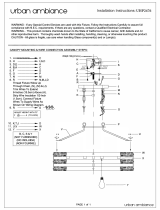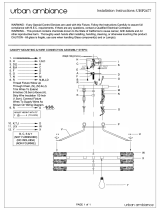
-1
Your Vivaro
is an intelligent combination of forward-
looking technology, impressive safety,
environm ental friendliness and economy.
It now lies with you to drive your vehicle
safely and ensure that it performs
perfectly. This Owner’s Manual provides
you with all the necessary information to
that end.
Make sure your passeng ers are aware of
the poss ible risk of accident a nd injury
which may result from improper use of the
vehicle.
You must a lways comply with the specific
laws of the country that you are tra velling
through. These la ws may d iffer from the
information in this Owner’s Manual.
When instructed to consult a workshop, w e
r e co mm e nd t h at y o u co n su lt y o ur Va ux ha ll
Authorised Repairer.
All Vauxhall Authorised Repairers provide
first-class service at reasonable prices.
You will receive quick, reliable and
individual service.
Experienced mecha nics, trained by
Vauxhall, work according to specific
Vauxhall instructions.
The Owner’s Manual should always be kept
in the vehicle: Ready to hand in the glove
compartment.
Make use of the Owner’s Manual:
z Its "In brief" section will give you an initial
overview.
z The table of contents at the beginning of
the Ow ner’s Manual and within the
individual chapters will show you where
everything is.
z Its index will help you find what you
want.
z It will familiarise you w ith the
sophisticated technology.
z It will increase your pleasure in your
vehicle.
z It will help you to handle your vehicle
expertly.
The Owner’s Manual is designed to be
clearly laid-out and easily understood.
This symbol signifies:
6 Continue reading on next page.
3 Items marked with an asterisk are not
fitted to all vehicles (model variants,
engine options, models specific to one
country, optional equipment, Vauxhall
genuine parts and accessories).
Yellow arrows in the illustrations serve as
points of reference or indicate some action
to be performed.
Black arrows in the illustrations ind icate a
reaction or a second action to be
performed.
Directional data, e.g. left or right, or front
or back, in the descriptions always relates
to th e dir ec tio n o f tr ave l .
Thank you for choosing a Vauxhall.
We wish you many hours of pleasurable
driving.
Your Vauxhall Team
9 Warning
Text marked 9 Warning provides
information on risk of accident or injury.
Disregard of the instructions may lead to
injuries or endanger life. Inform your
passengers accordingly.























